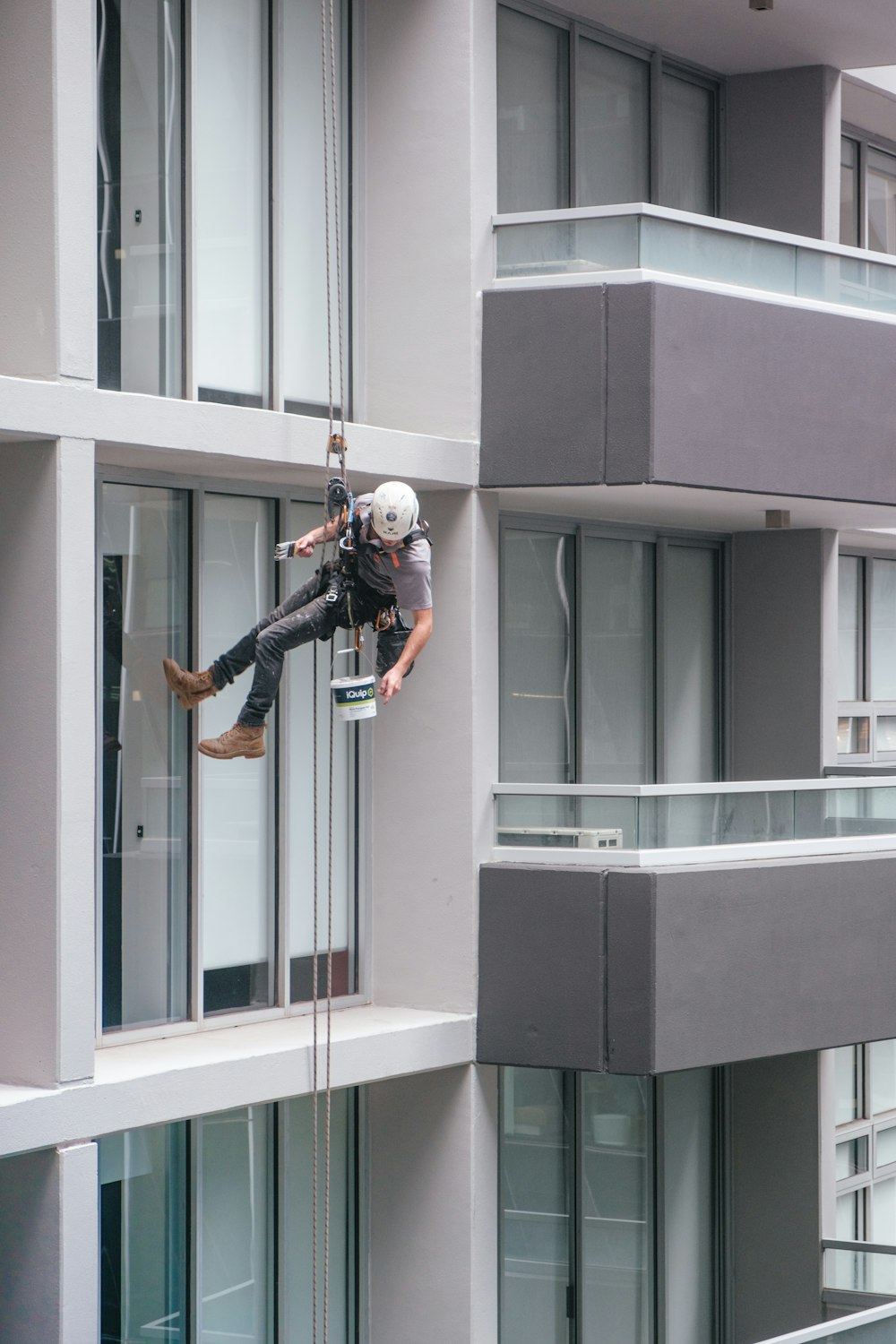
The plasterer and the painter are essential actors on the construction sites of great works. The plasterer intervenes after the mason and the carpenter to bring his touch to the buildings and, finally, comes in the last position, the painter, for a perfect rendering. But what is the role of each? The difference between a plasterer and a painter is the topic that is discussed in this article.
What are the activities of a painter?
The last stakeholder on a construction or renovation site is the painter. It brings, with the help of paint, beauty to walls, floor covering, and ceiling wholesale to indoor space as well as outdoor space. It is the one that brings color to each piece of construction. Apart from painting, he is also called upon to:
-
- The laying of resin and varnish
-
- The laying of wallpaper, carpets, parquet
-
- The realization of decorations, trompe l’oeil, and others.
Before laying, he performs certain tasks such as assembling the scaffolding, protecting the ground, furniture using a tarpaulin, taking off the old wallpaper if it is a renovation, stripping the old paint, plugs the holes. And finally, lay the coating.
What is the job of a plasterer?
Indeed, the plasterer, like all the actors involved in the construction of a building, plays a specific role. The latter has the primary function of insulating the building. Thus, thanks to this equipment, he works at the level of the ceiling, the wall, and the floor.
Then, it should be noted that for new construction or renovation, the plasterer brings his stone to the building. Among these activities during renovations is the correction of imperfections such as uneven walls and the construction of wall cupboards and decorative elements.
What are the plasterer’s tools?
The primary material that identifies the plasterer is the plaster. He mixes this material with water to have a homogeneous paste called “coating” to finally put it on the facades. The trowel, the joints, the rails, the insulators, and the plate lifter are tools that he handles on a daily basis to achieve thermal and acoustic insulation. However, this craft is seeing improvement, and instead of wet plaster, which dries quickly, it is found in the precast plasterboard market. Thus the platier has the option of using it for this work.
What are the qualities of a plasterer?
Among the qualities that a platier must have is speed. The plaster paste being a material that hardens quickly, he must work hastily to have a perfect rendering. In addition to this, the platier must be versatile, because, on construction sites, he may be called upon to do carpentry, painters, plumbers, and erect partitions.
He must judge of good physical resistance because the bag of coating weighs approximately 25 kg, and the plate approximately 30 kg. He will also be called upon to climb in height without forgetting the tools, which also weigh.
The practitioner of this profession must be patient and, above all, have a sense of a job well done. Because a sloppy job by the platier risks making the job difficult for the painter. He must work with ammunition, and, finally, have the ability to work in a team.
Points of divergence between plasterer and painter
The platier and the painter complement each other on a construction site for a beautiful house. The plasterer uses plaster or plasterboard to carry out his tasks. Its main role is to isolate a building while the painter brings beauty to it through decoration. They both use different materials and are called upon to make use of several techniques to perfect their work.
Sound off in the comments section below, and tell us what you want to read next and if you want to read more about painters and plasterers.



Leave a Reply